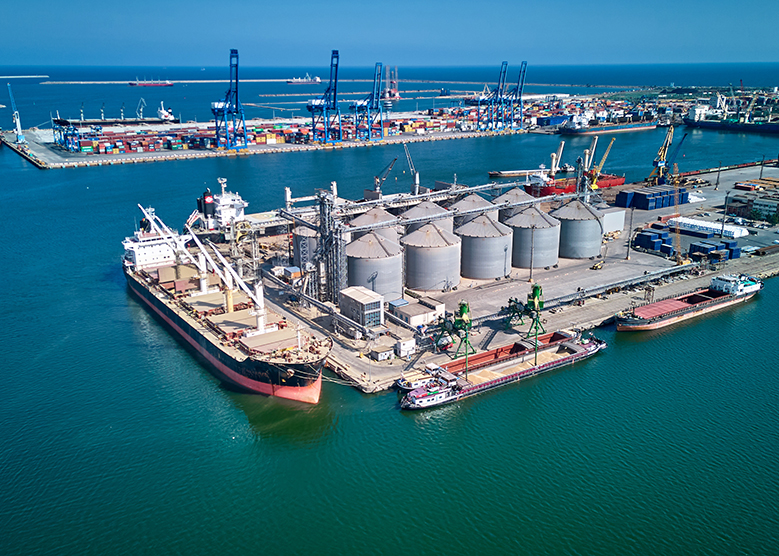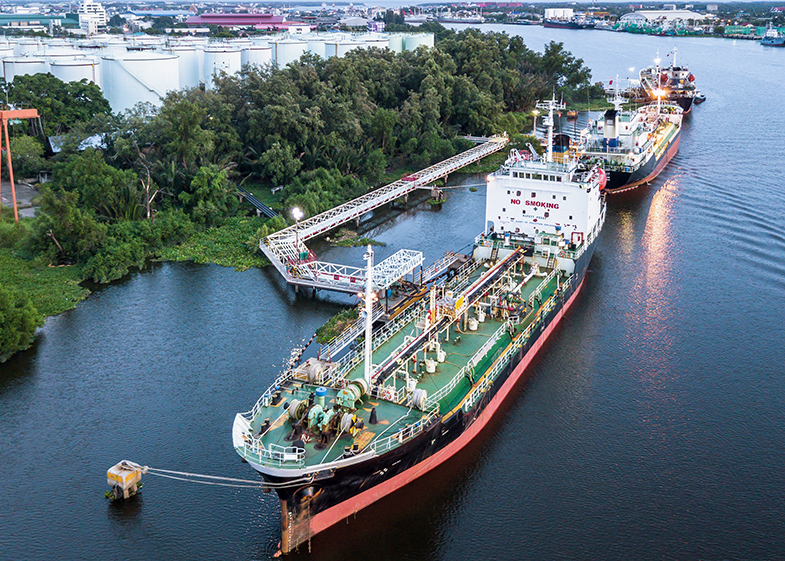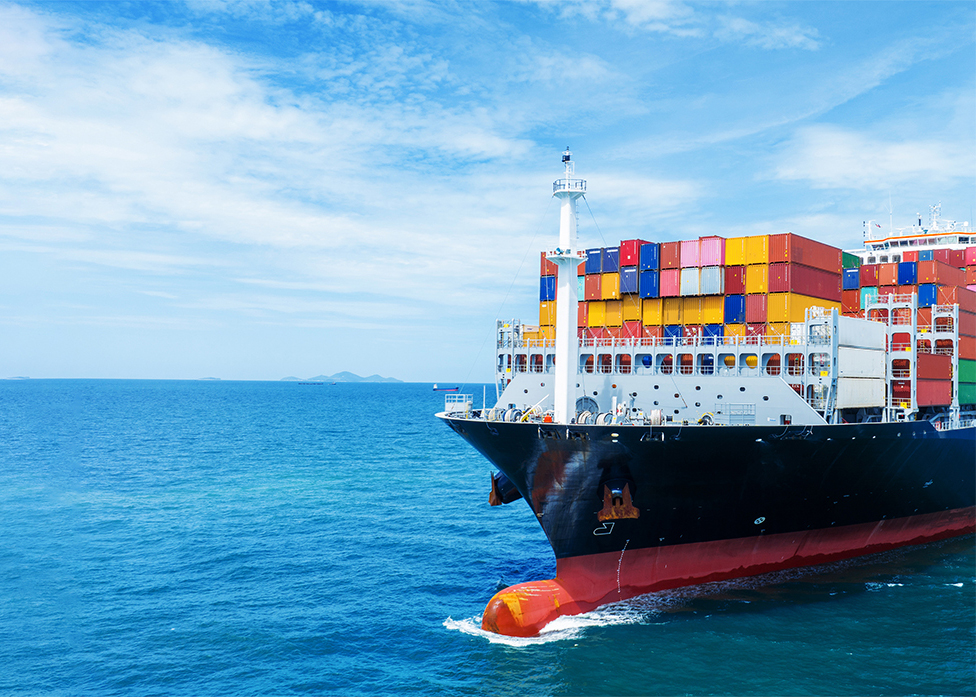The EU ETS establishes a market for trading emission allowances, vital to the EU’s green initiative. Earlier, shipping companies submitted individual emission reports for each vessel managed, to the EU Commission. However, with the inclusion of the EU ETS, companies are now required to additionally submit an overall performance report covering the emissions of their entire fleet, to the relevant administering authority.
Scope of shipping emissions covered by the EU ETS:
- Voyages and port stays within EU and European Economic Area (EEA) ports, which will be subject to 100% reportable GHG emissions.
- Voyages between EU Member States and non-EU Member States will be subject to 50% reportable GHG emissions.
- Outermost regions of a Member State are treated as Non-EU ports w.r.t definition of a MRV Voyage, until 31 December 2030.
- Outermost regions of a Member State are treated as Non-EU ports w.r.t definition of a MRV Voyage, until 31 December 2030.
- The emission “cap” for the shipping industry under EU ETS is set at zero. This means, Companies will be accountable for surrendering allowances and paying to the corresponding administering authority.
- Percentage of reported greenhouse gas (GHG) emissions that will be settled against ‘allowances surrendered’ will increase over the coming years:
- Percentage of reported greenhouse gas (GHG) emissions that will be settled against ‘allowances surrendered’ will increase over the coming years
Administering Authority
Each shipping company performing voyages under the scope of EU MRV will be registered to an administering authority of the EU/EEA Member State. The administering authority will be chosen based on following criteria:
- If a shipping company is registered in an EU Member State, then the Member State is the Administering Authority.
- If the shipping company is registered outside of EU Member States, then the EU Member State with the maximum number of ports of call from voyages in the last 4 monitoring years.
- If the above conditions are not fulfilled, then the Member State where the ship will call first time falls within the scope of the regulation.
- Based on the information available before 01st February 2024, the commission should come up with a list of shipping companies and the administering authorities.
Consequences of Non-compliance with the EU ETS:
EU ETS carries penalties, including fines and potential denial of entry into the EU.
- Vessels that fail to comply with the Monitoring, Reporting, and Verification (MRV) obligations for two or more consecutive years may be denied permission to trade in the EU or even expelled.
- Shipping companies that fail to surrender sufficient allowances will be fined 100 Euros per ton of unaccounted CO2 emissions.
- Even if one of the vessel from the fleet is non-compliant for two or more consecutive years, entry for the remaining vessels into the EU region can be denied.
- Starting from 2026, shipping companies must surrender allowances equal to their total emissions. If fewer allowances are surrendered than the actual emissions from ships each year, the excess emissions should lead to the cancellation of allowances.
While CO2 emissions are the primary concern, non-CO2 emissions such as methane and nitrous oxide are also significant and increasing. To maintain environmental integrity and promote good practices, these emissions will be included in the EU MRV regulation from 2024 and in the EU ETS from 2026.
Mitigating the risk of evasion from the EU ETS:
Non-EU Ports within 300 Nautical miles of a Member State shall not be categorised as ‘port of call’ i.e., any cargo operation at such ports shall not be considered as a commercial operation as mentioned in EU MRV regulation.
The exclusion will specifically apply to container ships at certain non-EU ports, particularly those handling significant container traffic. The higher risk of rule avoidance in these cases could lead to the relocation of vital port activities outside the EU, exacerbating the problem.
Transshipment ports for Container vessels to avoid the evasive port of call:
The list of container transshipment ports will be provided by the commissions before 31st Dec 2023.
- Where the transshipment of containers (for 20 ft equivalent) exceeds 65% of the total annual container shipment in the last 12 months.
- The port should be outside the EU and less than 300nm from the nearest Port under the jurisdiction of a member state.
- The port will be excluded if the third country applies for an equivalent measure.






